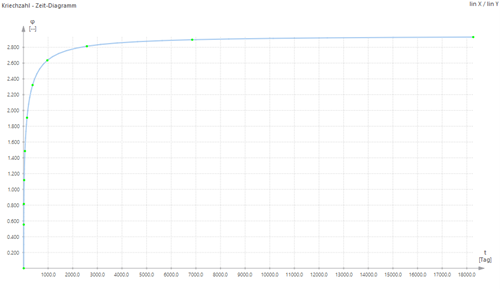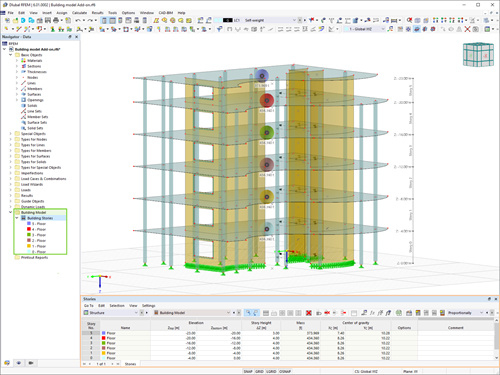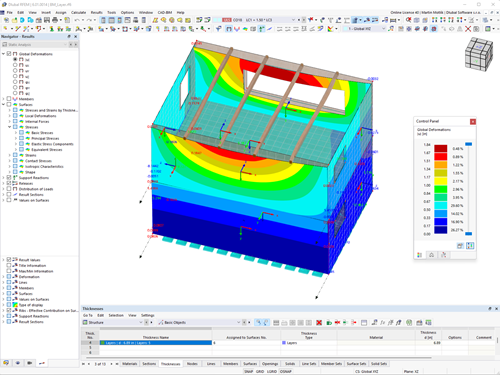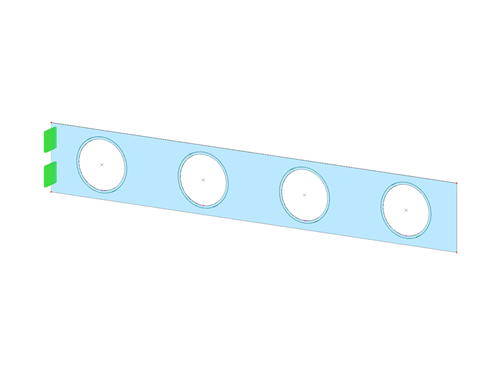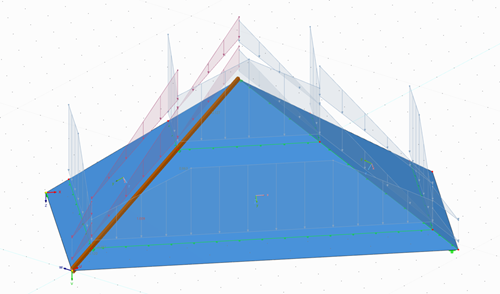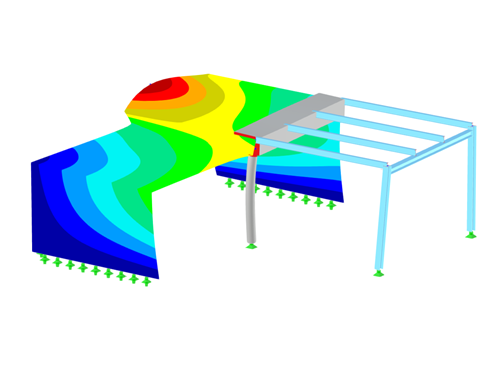The Timber Design add-on allows you to design timber members and surfaces according to various design standards. Cross-section resistance checks, stability analyses, and serviceability limit state design checks can also be performed. The input and result evaluation are completely integrated in the user interface of the structural FEA software RFEM and the frame & truss analysis software RSTAB.
This manual describes the Timber Design add-on for the RFEM 6 and RSTAB 9 programs.
The Aluminum Design add-on allows you to design aluminum members according to various design standards. It is possible to perform cross-section resistance checks, stability analyses, and serviceability limit state design checks. The input and result evaluation are completely integrated in the user interface of the structural FEA software RFEM and the frame & truss analysis software RSTAB.
This manual describes the Aluminum Design add-on for the RFEM 6 and RSTAB 9 programs.
The Construction Stages Analysis (CSA) add-on allows you to represent the construction process of the model in the RFEM 6 program. In this way, you can add, remove, or adjust structural objects to the individual construction phases. Furthermore, you can use the add-on can to determine the sequence of the load application and the way how the load cases are combined within the construction stages.
For some structures, the long-term effects, such as creep, shrinkage, and aging, can influence the distribution of internal forces. This time-dependent material behavior can be determined using the Time-Dependent Analysis (TDA) add-on, which is available in the RFEM 6 program.
The influence of the time-dependent material behavior is currently only taken into account for member elements, and creep effects for the material concrete.
The Building Model add-on allows you to define and manipulate a building by means of stories. The stories can be adjusted in many ways. Information about the stories and also the entire model (a center of gravity) is displayed in tables and graphics.
This manual describes the Building Model add-on for the RFEM 6 program.
The Geotechnical Analysis add-on allows for a finite element analysis of soil solids with the suitable material laws in RFEM 6. By integrating Geotechnical Analysis into the FEA software, the soil-structure interaction can be represented computationally completely in the overall model.
With the Geotechnical Analysis, it is possible to determine the stresses and deformations of a soil solid. The input and result evaluation are integrated in the user interface of the RFEM 6 program.
This manual describes the Geotechnical Analysis add-on for the RFEM 6 program.
The Multilayer Surfaces Add-on allows you to define the layer structure of any material models. In the case of orthotropic materials, the individual layers can be rotated by an angle β, and thus it is possible to consider different stiffnesses by direction. The Multilayer Surfaces add-on is completely integrated in the user interface of the FEA program RFEM.
This manual describes the Multilayer Surfaces add-on for the RFEM 6 program.
The Optimization & Costs/CO2 Emission Estimation add-on consists of two parts: On the one hand, you can use it to determine an optimal parameter layout for parameterized models, based on the user-defined optimization criteria. For this purpose, the artificial intelligence technology (AI) of particle swarm optimization (PSO) is used. On the other hand, you have the option to estimate the costs and CO2 emissions of a model by specifying the unit costs and emissions for the materials used in the model.
This manual describes the features of the add-on for the programs RFEM 6 and RSTAB 9. The explanations refer to RFEM, but also apply to RSTAB.
This manual describes the topics of the webinar Modeling and Design of Timber Structures in RFEM 6.
First, it shows how to model a hip rafter in RFEM 6 and how to apply loads, as well as how to perform timber design according to Eurocode 5. The creation of a printout report and the use of parameters and user-defined scripts are then discussed.
In the manual for the Timber Design add-on, you can find detailed explanations of all the add-on options.
In this tutorial, we would like to inform you about the essential features of the RFEM program. In the first part, a model was defined and a structural analysis carried out. Then the concrete and steel designs were performed out in the following parts. This part now guides you through the dynamic analysis of the model according to EN 1998-1 with the CEN settings.



